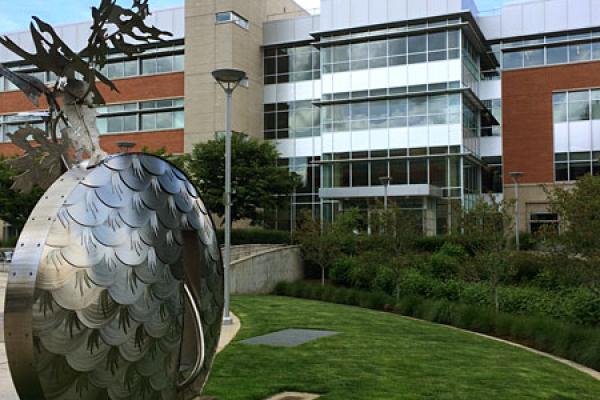The Walk Bike Clackamas Plan is a comprehensive, long-term vision to improve opportunities for people who walk and bike in Clackamas County.
Adopted Walk Bike Plan Adoption Materials
The plan, which applies to all urban and rural unincorporated areas of Clackamas County:
- Establishes infrastructure priorities, such as where to build new bike lanes and sidewalks, which will help the county apply for future grants and other funding opportunities
- Identifies programs that increase safety and convenience of walking and biking (like Safe Routes to School).
- Updates active transportation polices and adopt performance measures so we can track progress during implementation
- Serves as the pedestrian and bicycle transportation elements of the county’s updated Transportation System Plan (TSP)
Key Terms and Definitions
- Active transportation: human-powered modes of travel, including walking, rolling a wheelchair, and riding a bicycle.
- Facilities and infrastructure: designated places for people to walk, roll, and ride a bike, such as off-street shared-use trails, painted bike lanes on streets, marked and signalized crosswalks, and sidewalks and multiuse paths.
- Equity: reducing or eliminating disparities by thoughtfully spreading resources to overcome the unique barriers different groups face.
- Health equity: providing fair access to opportunities and resources for people to achieve physical and social health and well-being, and reducing barriers caused by circumstances outside of a person’s control, such as race, ethnicity, or social background.
- Communities of interest: groups of people who have experienced or continue to experience inequitable access to resources in society. Walk Bike Clackamas is focused on achieving equitable outcomes for the following communities of interest:
- Black people, Indigenous people, and People of Color (BIPOC)
- Immigrants
- People with limited English proficiency
- Low-income and low-wealth community members
- Low- and moderate-income renters and homeowners
- People with disabilities
- Youth and seniors
Related webpages
Documents
- Title VI Equity Assessment Memorandum
- Technical Memorandum 1: Health Equity Framework
- Technical Memorandum 2: Baseline Health Conditions
- Technical Memorandum 3: Plan Review
- Technical Memorandum 4: Existing Conditions Analysis
- Technical Memorandum 5: Pedestrian and Bicycle Goals
- Technical Memorandum 6: Supportive Programs
- Technical Memorandum 7: Shared Streets
- Technical Memorandum 8: Gaps and Deficiencies Analysis
- Technical Memorandum 9: Project Prioritization Methodology
- Technical Memorandum 10: Pedestrian and Bicycle Project Identification
- Technical Memorandum 11: Pedestrian and Bicycle Priority Project Recommendations
- Cost Estimate Methodology
- Funding and Implementation Strategy (December 2023)
- Engagement #1 Summary (Winter 2023)
- Engagement #2 Summary (Spring 2023)
- Engagement #3 Summary (Summer 2023)
- Engagement #4 Summary (April 2024)
 Translate
Translate








